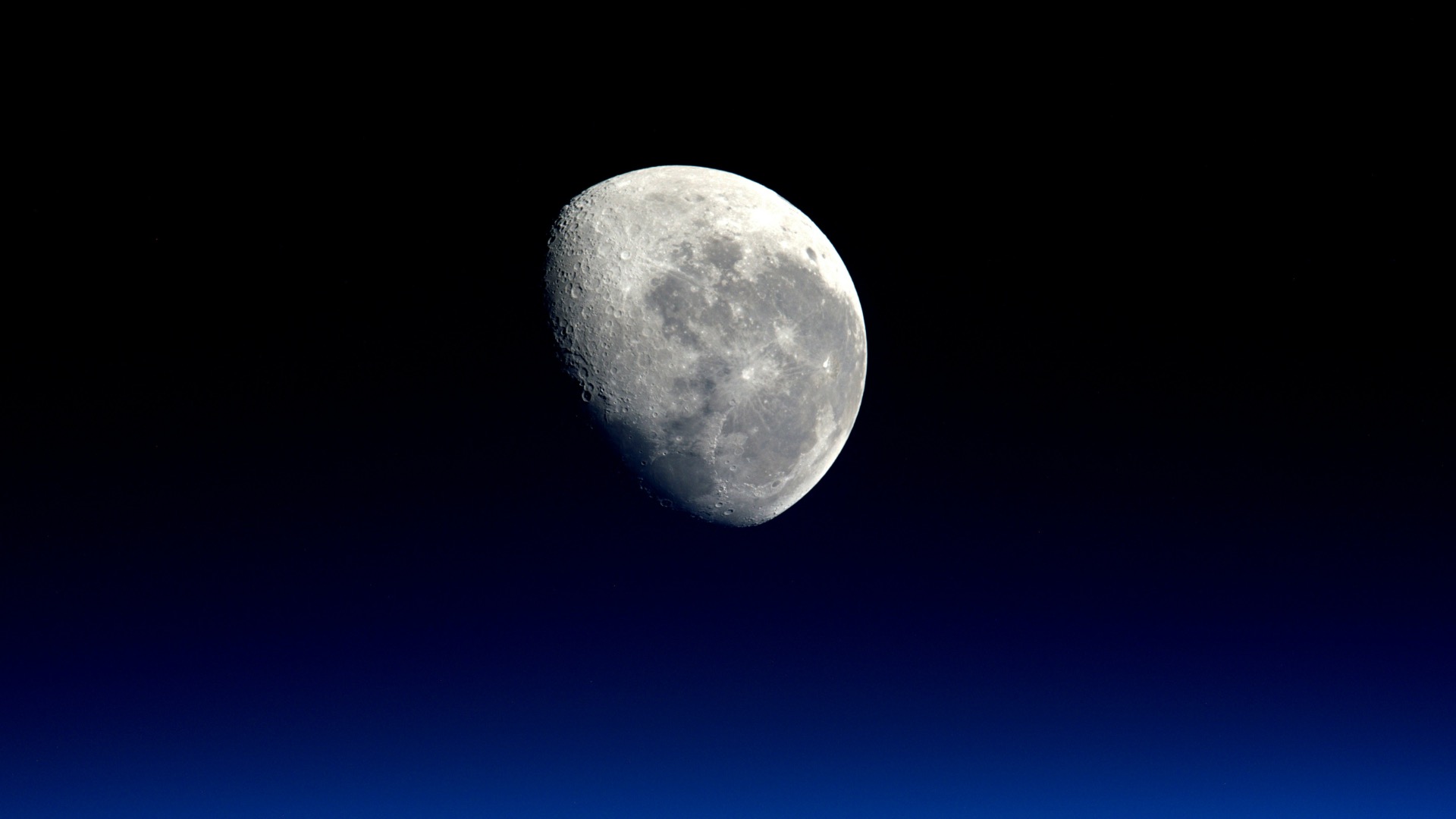The Milky Way, the galaxy we call home, is filled with mysteries. One of the biggest questions has been when its first stars formed into a disk-like shape and whether that disk survived the chaotic events that shaped the galaxy. Now, researchers have discovered an ancient part of the Milky Way’s disk that formed over 13 billion years ago and is still around today. They named this ancient structure PanGu, after the Chinese mythological figure who created the world.
This discovery is important because it gives us a clearer picture of how our galaxy grew and survived through billions of years of cosmic events, including collisions with other galaxies.
What is PanGu and Why is It Important?
The Milky Way is a spiral galaxy with several parts, including a central bulge, spiral arms, and a halo of stars surrounding it. One of its main components is the stellar disk, where many stars, including our Sun, are found. The disk has been known to be ancient, but scientists didn’t know how old its first parts were or how they managed to survive for so long.
PanGu, the name given to this oldest disk structure, is a group of stars that formed over 13 billion years ago. That’s almost as old as the universe itself, which is about 13.8 billion years old. PanGu’s discovery tells scientists that the Milky Way was already forming structured stars in a disk-like shape soon after the universe began, at a time when cosmic events were more violent and chaotic.
This is surprising because most models of early galaxy formation suggest that intense collisions and mergers with other galaxies would make it hard for a disk to stay intact. The fact that PanGu survived all these events is evidence that the early Milky Way had periods of calm that allowed a stable disk to form.
How Did Scientists Find PanGu?
To make this discovery, scientists used detailed data from the Gaia space mission and the LAMOST survey, which provide precise information about the age, composition, and movement of stars. They focused on stars rich in alpha elements, which are created in the early life stages of massive stars. These stars act as clues to understanding what the Milky Way was like billions of years ago.
By studying these high-alpha stars, the researchers found a pattern that revealed the existence of PanGu. This early disk structure has survived through countless cosmic events and mergers, suggesting it was an essential part of the Milky Way’s formation.
What Makes PanGu Unique?
PanGu is special because it is not just a collection of old stars - it’s part of an organized disk that managed to stay intact over billions of years. The current mass of PanGu is estimated to be around 2 billion times the mass of the Sun, making it a significant portion of the galaxy during its early days.
This discovery challenges the idea that early galaxies couldn’t have stable disks due to frequent mergers and collisions. It seems that PanGu was able to form and maintain its structure through periods when the Milky Way was relatively quiet. This finding also helps explain why the Milky Way’s disk is more organized compared to other galaxies of similar size.
The Early Life of the Milky Way
The researchers discovered that PanGu likely formed during a time when the Milky Way had a burst of star formation about 11 billion years ago, creating stars at a rate of around 11 solar masses per year. This period of intense star formation helped build the high-alpha disk, which includes PanGu.
Over the years, some of PanGu’s oldest stars may have been disrupted by cosmic events, such as the Gaia–Enceladus merger, a major collision with a smaller galaxy that occurred more than 10 billion years ago. However, the core structure of PanGu survived and remained part of the disk we see today.
Why Does This Matter?
Understanding the history of PanGu and the early disk of the Milky Way helps scientists learn more about how galaxies evolve. Most models of galaxy formation suggest that early galaxies were chaotic, with constant mergers that would disrupt any forming structures. PanGu’s existence shows that it’s possible for a galaxy to form a stable disk early in its history and keep it intact despite occasional disturbances.
This discovery also aligns with observations made by the James Webb Space Telescope (JWST), which has found disk-like structures in distant, young galaxies. It shows that disk formation might have been more common in the early universe than previously thought.
How Does PanGu Help Us Understand Our Galaxy?
PanGu is not just an interesting discovery; it’s a crucial piece of the puzzle for understanding how the Milky Way grew into the galaxy we see today. The fact that PanGu formed so early and managed to survive suggests that the Milky Way’s early years were more stable than we thought. This helps explain why the Milky Way has such a well-defined disk compared to other spiral galaxies.
PanGu also shows that parts of the Milky Way’s old disk could have contributed to the “poor old heart of the Milky Way,” which includes ancient stars that survived the galaxy’s early days and still orbit within it.
What’s Next for Research?
Scientists now want to learn more about how PanGu survived and what its existence means for other galaxies. They hope to use more detailed data from future space missions and powerful telescopes like JWST to look for similar structures in other galaxies.
Understanding how PanGu formed and lasted through billions of years can also help refine models of galaxy formation and evolution. It suggests that galaxies may not always be as chaotic as once thought, and stable structures like disks can form early and persist over time.
Conclusion: A New Perspective on the Milky Way
The discovery of PanGu gives scientists a new way to think about the Milky Way’s history. It shows that our galaxy has a unique story, one that includes the formation of an ancient disk that survived countless cosmic events. This insight helps researchers understand more about how the universe’s first galaxies formed and how our galaxy became the vast, star-filled structure it is today.
With new tools and data, astronomers are excited to continue exploring the early life of the Milky Way and uncovering more secrets about its formation and growth.


